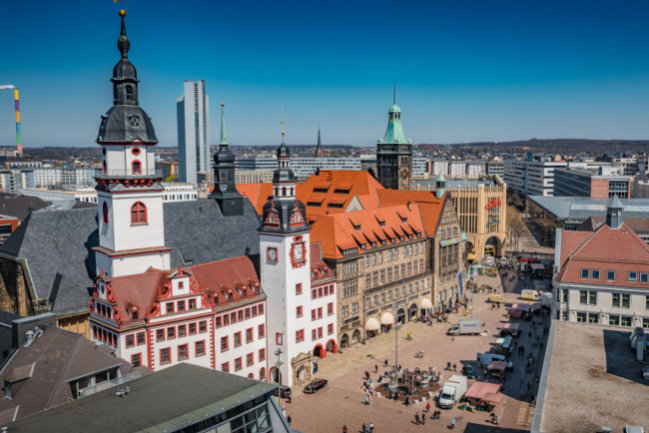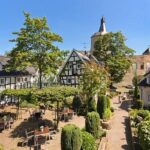Chemnitz is a vibrant city in eastern Germany, known for its industrial history and modern cultural scene. From exploring its historic architecture to taking in its beautiful parks and museums, there are plenty of things to do in Chemnitz. Here are 15 of the best:
1. Industriemuseum Chemnitz
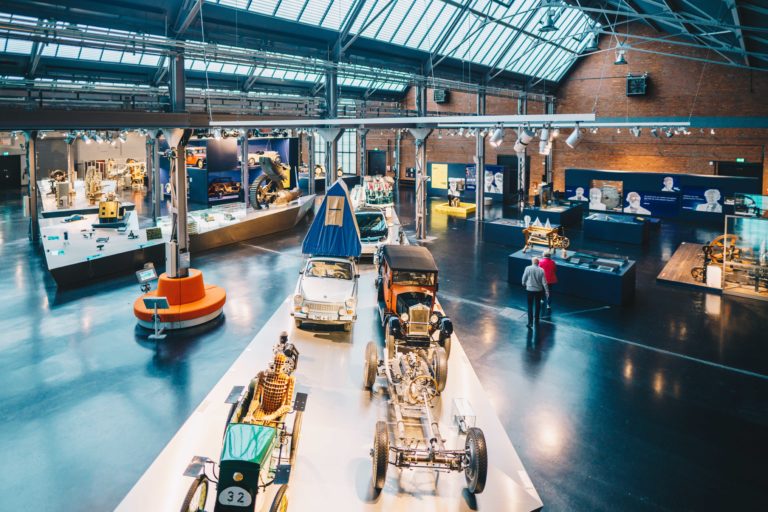
Image Source: https://www.industriekultur-chemnitz.de/wp-content/uploads/2019/11/industriemuseum_0003_ernestouhlmann-768×512.jpg
The Chemnitz Museum of Industry showcases the city’s industrial history, including exhibits on mining, textiles, and machine tools.
2. Kunstsammlungen Chemnitz
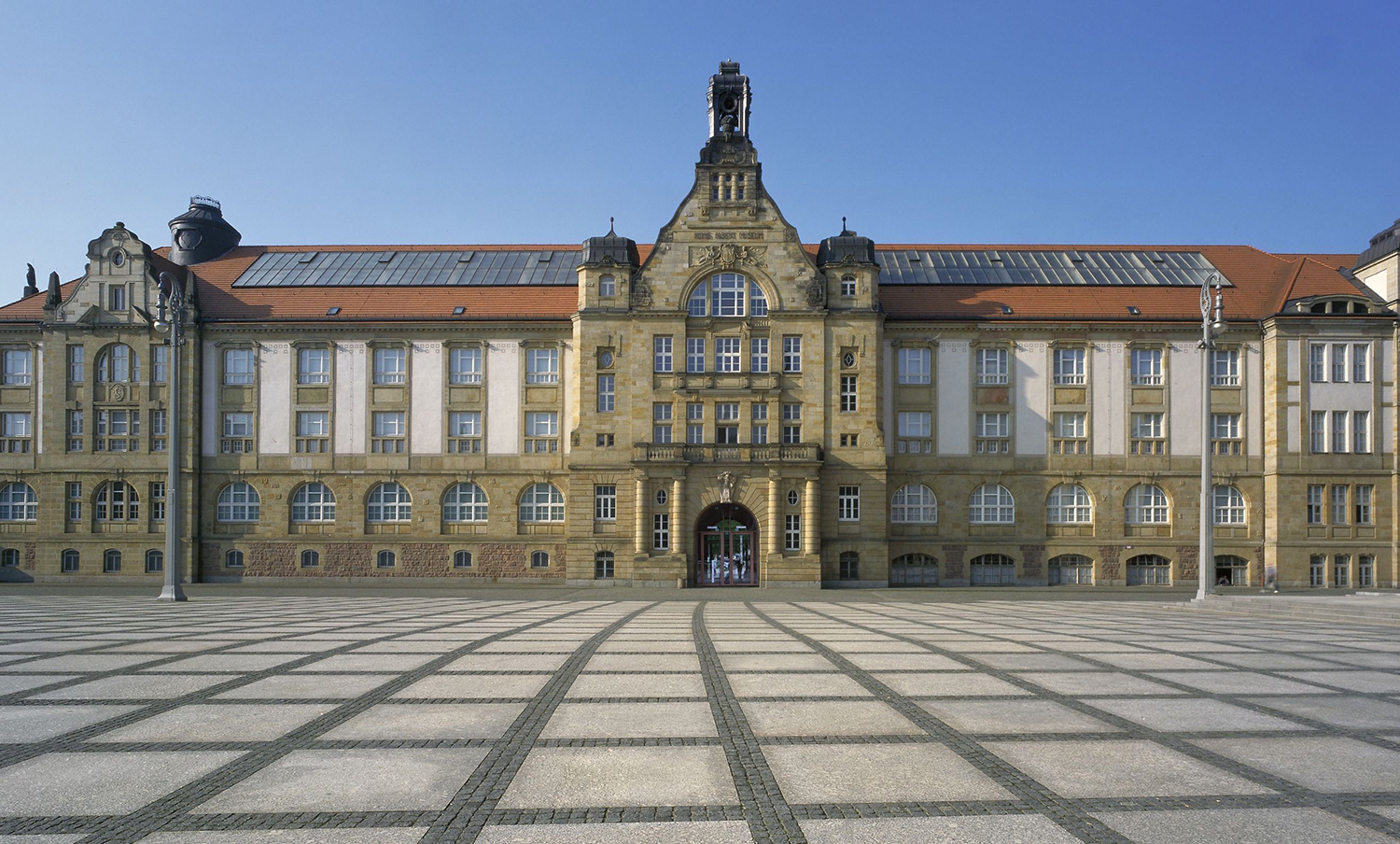
Image Source: https://www.kunstsammlungen-chemnitz.de/wp-content/themes/kunstsammlungen/assets/images/kunstsammlungen-login-bg.jpeg
The Kunstsammlungen Chemnitz is a museum complex that houses a variety of art collections, including modern and contemporary art, and the largest collection of works by Karl Schmidt-Rottluff.
3. Staatliches Museum für Archäologie Chemnitz
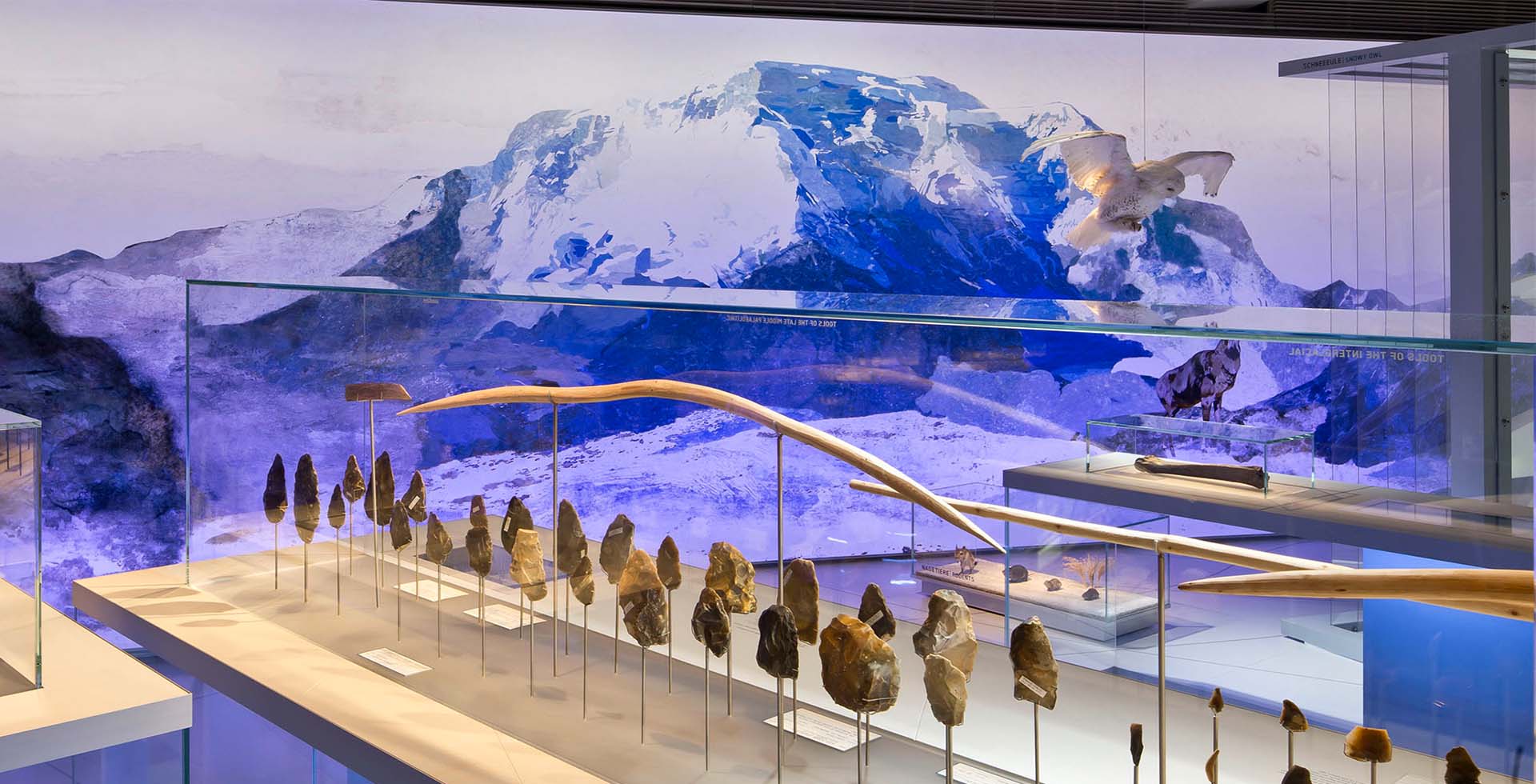
Image Source: https://www.smac.sachsen.de/img/slider/Entdecken/smac_Startseite_a_wie_abschmelzen.jpg
This museum, housed in a former Art Deco department store, has artefacts from 300,000 years of human history. Anatomically accurate glass models of Neanderthals, Bronze Age artefacts, the timber frame of one of Europe’s oldest structures, which dates back 7,000 years, and an extensive exhibition of Roman archaeology are just a few of the fascinating things to view.
4. Roter Turm (Red Tower)
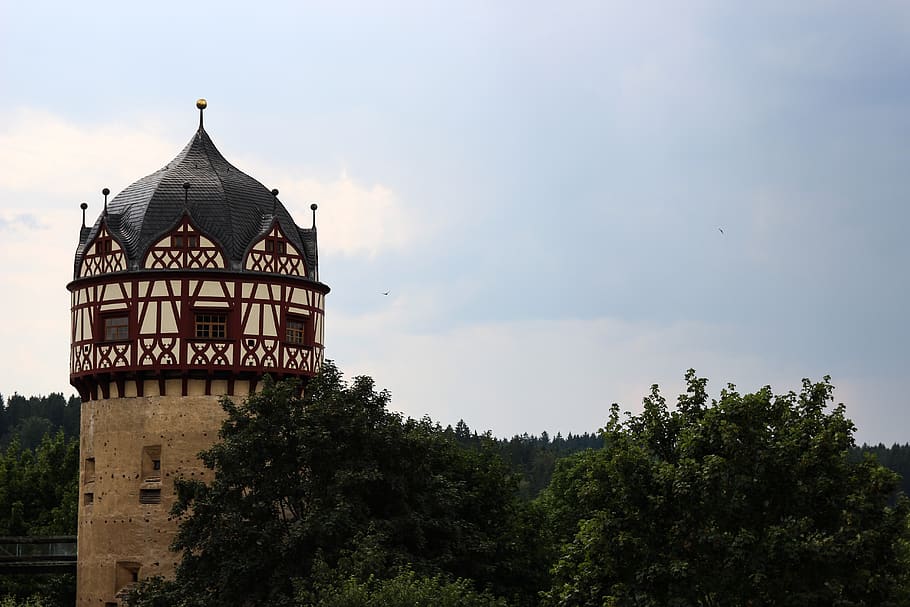
Image Source: https://c0.wallpaperflare.com/preview/111/772/882/germany-burgk-roter-turm-red-tower-tower.jpg
This square tower dating to the 1100s is the oldest building in Chemnitz, and is actually older than the city itself. The building was a prison for hundreds of years, and today opens up for guided tours which you can join by consulting the tourist office at the town hall.
5. Karl Marx Monument
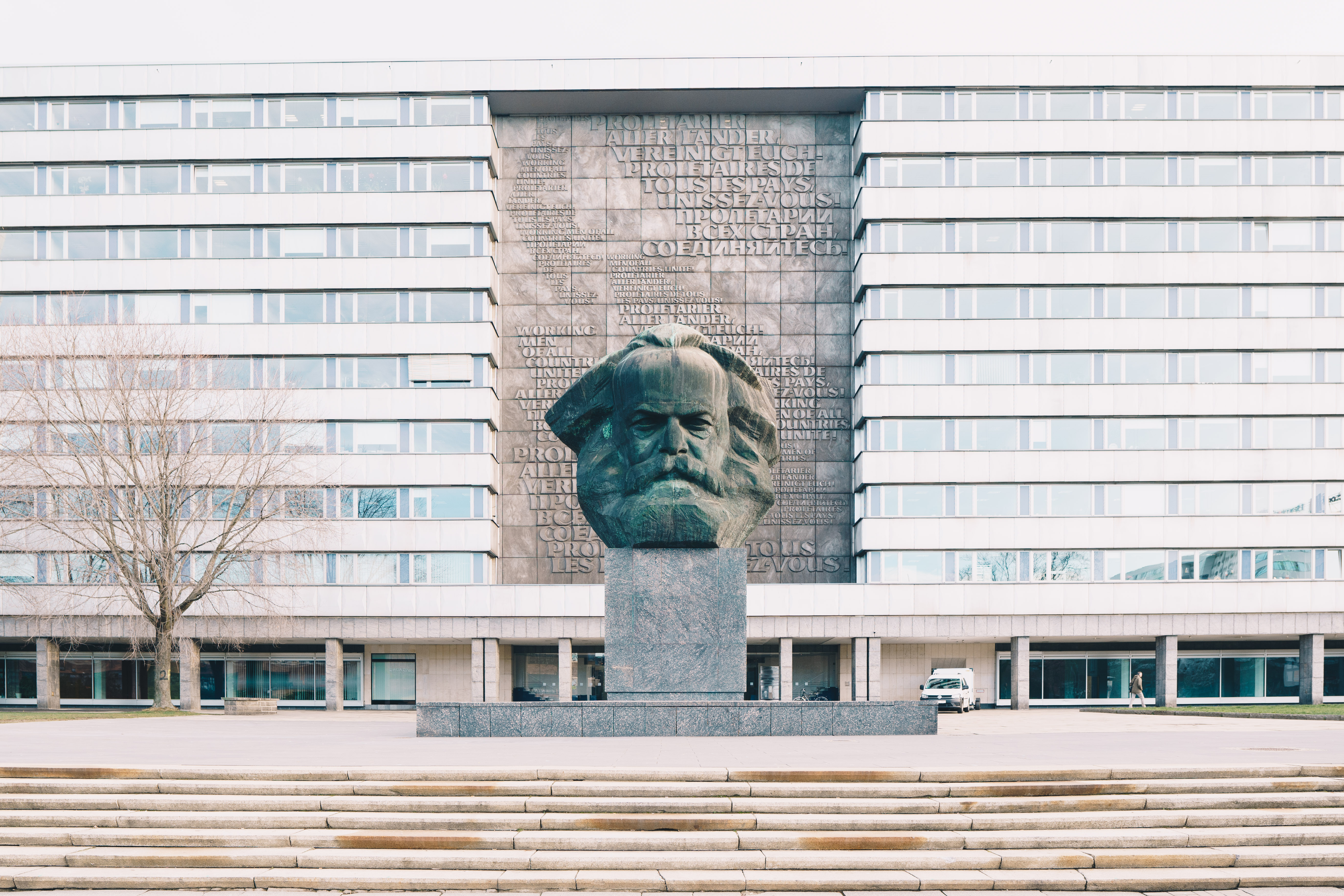
Chemnitz retains a substantial monument for its former namesake. The Karl Marx Monument is an iconic statue that overlooks the city center. It is one of the largest monuments to the philosopher in the world.
6. Villa Esche
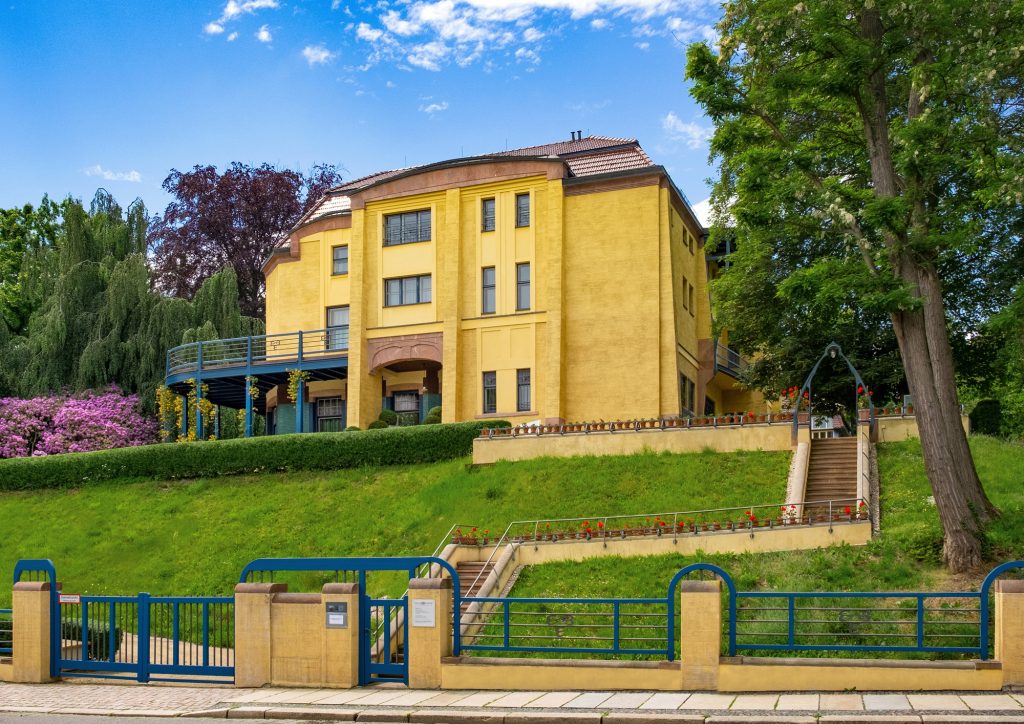
Image Source: https://www.kunstsammlungen-chemnitz.de/wp-content/uploads/VillaEsche_01_FK-A3_entsaettigt-w-1024×724.jpg
Villa Esche is a beautiful historic house located in Chemnitz, Germany. The villa was designed by the famous Belgian architect Henry van de Velde, who is considered to be one of the most important Art Nouveau architects of his time. The villa was built in 1902 for the textile manufacturer Herbert Esche and is considered to be one of the most important examples of Art Nouveau architecture in Germany..
7. Wasserschloss Klaffenbach
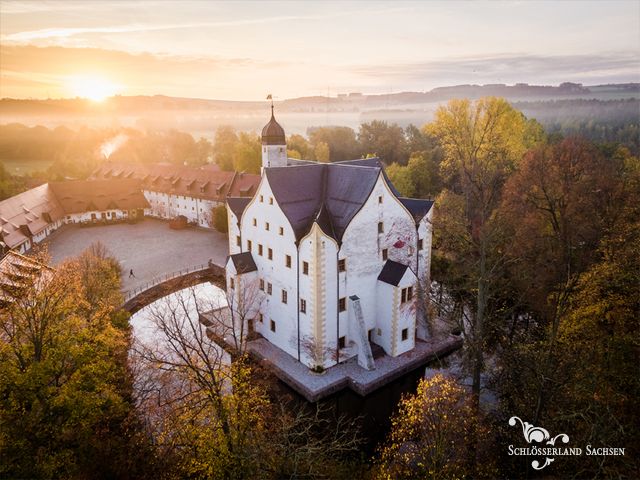
In the countryside south of the city is a preserved Renaissance and Baroque moated castle. The castle’s outbuildings form a u-shaped courtyard, and contain a hotel and restaurant, but also interesting little workshops now accommodating a silversmith and candle-makerz. And lastly, if golf is your game the castle’s grounds are now an 18-hole course.
8. Gunzenhauser Museum

Image Source: wikipedia
There’s another branch of the Kunstsammlung Chemnitz in the former headquarters of the city’s savings and loan association. This edifice was constructed at the end of the 1920s in the New Objectivity style, while the museum inside houses the sizeable collection of the 20th-century Munich art dealer Dr. Alfred Gunzenhauser.
9. Schlossbergmuseum Chemnitz

Image Source:https://www.kunstsammlungen-chemnitz.de/wp-content/uploads/Schlossbergmuseum_Refektorium-e1584735533338.jpg
The Schlossberg Museum is housed in a historic castle that overlooks the city. Visitors can learn about the castle’s history and explore exhibits on medieval art and architecture.
10. Burg Rabenstein

The Schlossbergmusuem also operates this compact castle a few kilometres west of the city. First erected on its rocky pedestal in the 13th century, Burg Rabenstein has the honour of being Saxony’s smallest castle.
11. Chemnitzer Opernhaus

The city’s magnificent Neo-Baroque opera building completes the melancholy ensemble on Theaterplatz. Built in the 1900s, it suffered significant damage during the Second World War and underwent restoration in the 1950s. The cornerstones of the repertory are works by Wagner and Strauss, but in recent years, the Opernhaus has also staged productions of less well-known pieces including Iris by Pietro Mascagni, Il Templario by Otto Nicolai, and Die Rose von Liebesgarten by Hans Pfitzner..
12. Museum für Naturkunde Chemnitz

Image Source: https://www.naturkundemuseum-chemnitz.de/assets/images/6/Aussenpanorama-52d9a466.jpg
The natural history museum in Chemnitz is the oldest museum in the city and was founded in 1859. It is located in the DAStietz cultural complex. Before moving to their current location in the 1960s, these ancient collections of minerals, insect specimens, and fossils were all housed in what is now the Museum am Theaterplatz. You will be met with the soaring columns of preserved trees here.
13. Kaßberg

Image Source: https://dam.destination.one/565319/4cca51063f7fcc36e4ad652986a257e1c1e803b1d891b3dcc8df7914f5caef07/.jpg
Kaßberg is a city neighbourhood that was initially built in the 1850s and is located across the Chemnitz River. During the following 80 years, which also saw an industrial boom, a grid of long, broad boulevards resembling those in Paris was created. The greatest Art Nouveau neighbourhood in Germany is fronted by multi-story dwelling complexes.
14. Botanischer Garten
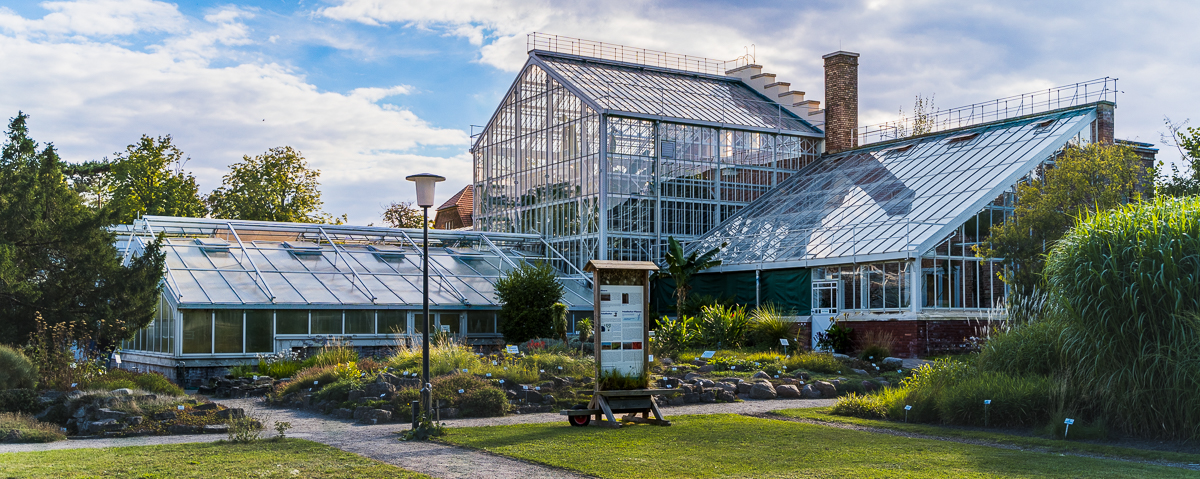
The Botanischer Garten Chemnitz is a beautiful botanical garden that features a variety of plant species from around the world. Visitors can take a guided tour or explore the gardens on their own.
15. Chemnitzer Doppelrathaus

The central area of Chemnitz is a massive complex that houses both the ancient and modern municipal buildings. The older, bigger city hall from the 1910s has a bare stone exterior, while the former is whitewashed, making it simple to distinguish between the two structures. The ancient city hall was built towards the end of the 15th century, although it has undergone several changes since then.
Places and Things To Do

